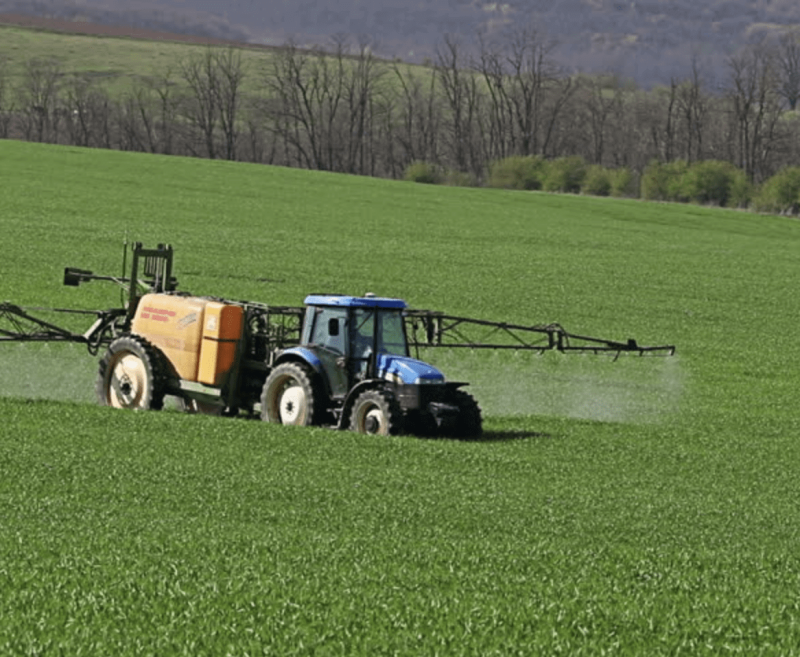Since it was introduced in the United States in 1974 by pesticides and seed maker Monsanto as Roundup, the use of the glyphosate—which is sprayed on food crops but also widely outside of agriculture, such as on public lawns and in forestry—has soared across the globe.
The European Commission says it is the most frequently used herbicide in the world and in Europe.
Total worldwide use rose more than 12-fold from about 67 million kilogrammes (148 million pounds) in 1995 to 826 million kilogrammes in 2014, according to research published in the Environmental Sciences Europe journal in February 2016.
There was a dramatic jump after the introduction in 1996 of genetically engineered “Roundup Ready” crops, such as soybean and maize, that survive glyphosate while it kills weeds, it says. Globally glyphosate use has risen almost 15-fold since then.
Monsanto’s patent expired in 2000 and it is now produced by various companies and under different names.
A 2015 study by the World Health Organization’s cancer research agency concluded that the weedkiller was “probably carcinogenic”.
However the European Food Safety Authority and the European Chemicals Agency say it is unlikely to cause cancer in humans. The US Environmental Protection Agency says the product “has low toxicity for humans”.
The GLP aggregated and excerpted this article to reflect the diversity of news, opinion and analysis. Read full, original post: Weedkiller glyphosate, controversial but still most used































